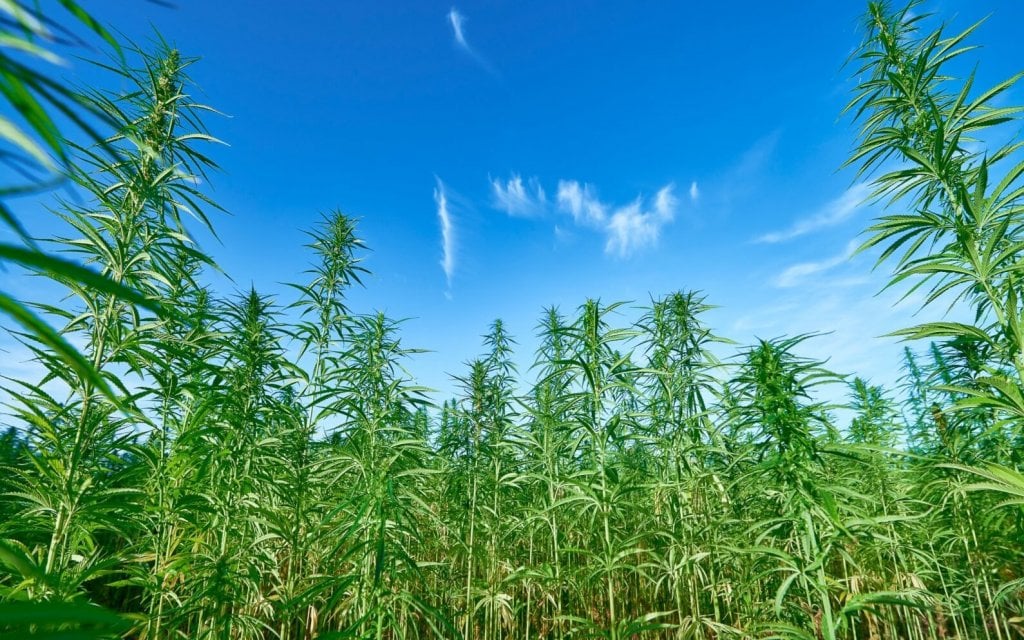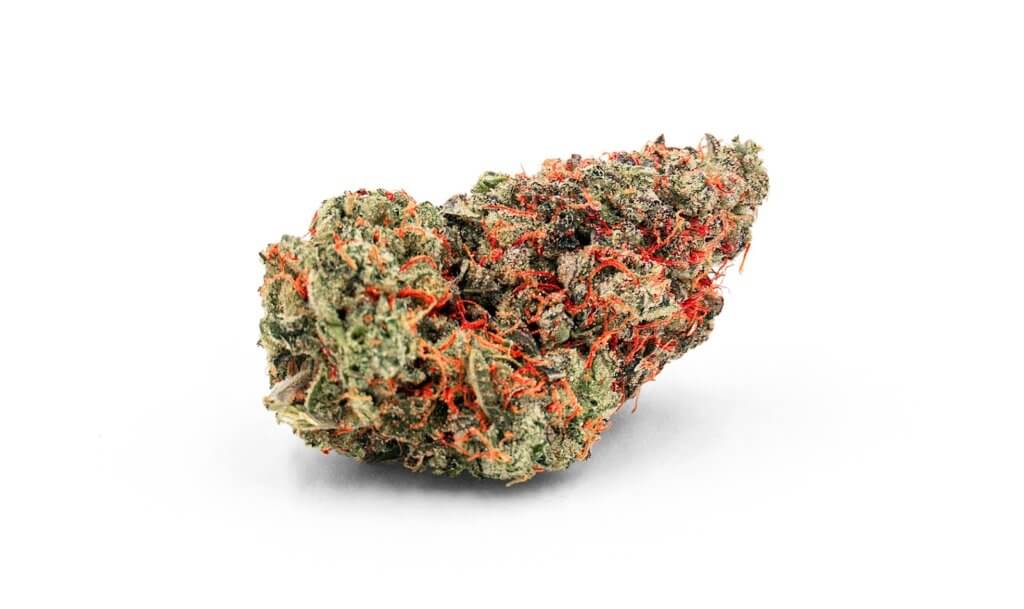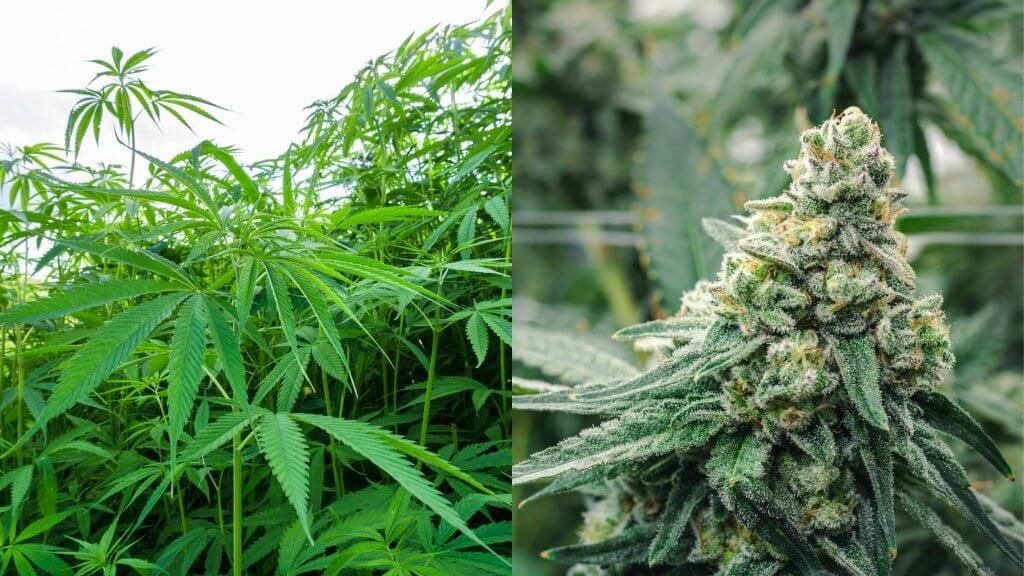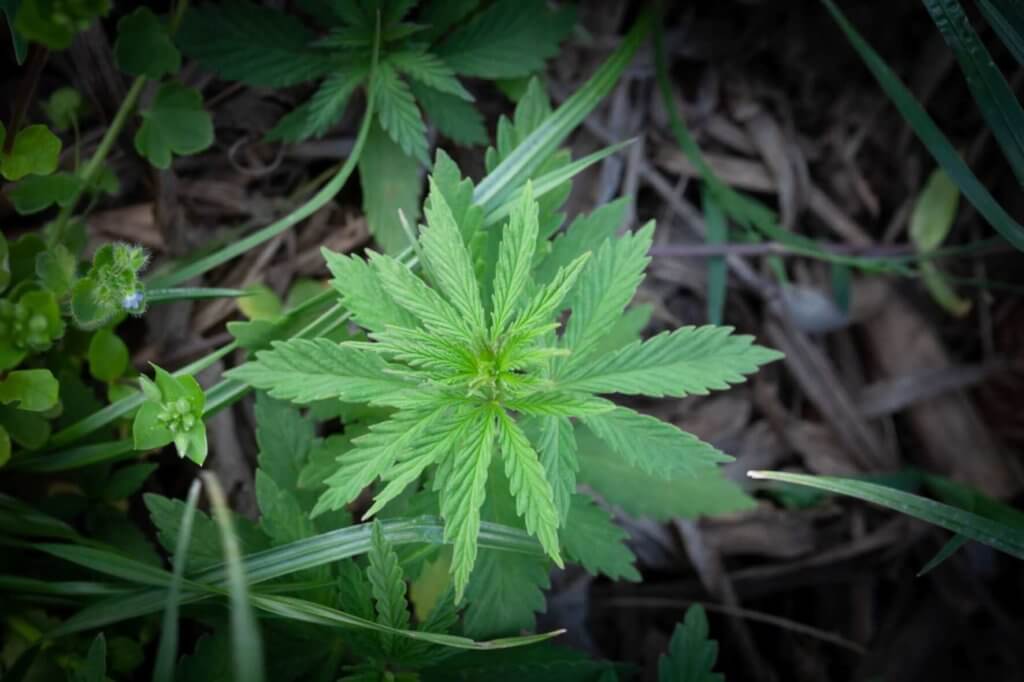How to Identify Hemp Buds
Do you know how to identify hemp buds? Or what differentiates them from THC-drenched weed?
Whether you shop from dispensaries or grow at home, it’s crucial to differentiate hemp from weed. These plants have different cannabinoid and terpene profiles and offer distinct smoking experiences.
How do you identify the origins of similar-looking, smelling, and tasting buds? It takes some know-how, but it’s far from impossible.
Join me to learn about the difference between weed and hemp and discover a list of steps for easy identification.
Does hemp have buds?
Hemp is a type of Sativa L. cannabis. It belongs to this species, along with many marijuana strains.
While we traditionally cultivate them for the fiber of their stems, hemp plants grow buds. We define them as cannabis sativa nugs with under 0.3% delta-9 THC. Aside from that restriction, they can contain any natural cannabinoid or terpene.

Because of a lack of THC, hemp became legal following the 2018 Farm Bill. That was excellent news because this herb contains various beneficial chemicals, including:
- Cannabinoids: CBD is the most abundant in hemp, but we may also find high amounts of CBG and CBC. All three are non-psychoactive and have potential health benefits.
- Terpenes: Major and minor terpenes emerge in hemp buds, giving them a weed-like fragrance and flavor. These aromatic compounds may synergize with cannabinoids to deliver unique or more potent effects.
- Flavonoids: These plant pigments have known antioxidant and anti-inflammatory properties.
While not as popular, hemp buds are available for smoking purposes in some dispensaries. You may also find them in spots where weed grows in the wild (also known as ditch weed).
Hemp buds vs. weed buds
Hemp has buds resembling premium smokable material, but it’s not interchangeable with weed.
Given their CBD contents, choose hemp buds as a natural therapeutic substance. It can be a go-to for folks looking to unwind and address conditions in states where weed is illegal. Since there are plenty of terpenes in their composition, they also taste great.
Folks smoke weed for medical and recreational purposes in states that allow it. With the diversity of modern strains, it can be sweet, spicy, uplifting, relaxing, and suitable for daytime or evening use. You can choose the flavor, effect profile, and potency level that works best for you.
Here’s a brief comparison of hemp buds vs. THC buds.
| Hemp buds | Weed buds | |
| Botanical name | Cannabis sativa | Cannabis sativa/indica/ruderalis |
| THC | Under 0.3% THC | Over 0.3% THC |
| CBD | Over 20% CBD | Varies, lower than THC |
| Effects | Non-psychoactive | Often psychoactive |
| Legal status | Federally legal in the US | It depends on the state |
| Medical use | Potential for pain relief, relaxation, sleep aid | Used for various medical conditions |
| Recreational use | Generally not used recreationally | Often used recreationally |
How to identify hemp buds
Knowing what weed looks like is an excellent first step for telling it apart from hemp. Since looks can be deceiving, it may also be necessary to examine the chemical composition of your stash.
That’s why I devised this step-by-step guide for easy differentiation. Here’s how to identify hemp buds and separate them from THC-rich weed.
Label
If you’re buying a stash, the label is the most accessible information source. Sounds obvious, but worth mentioning anyway.
Trustworthy dispensaries and online shops have comprehensive labeling that discloses product origins and cannabinoid contents. Hemp buds and products have under 0.3% THC and over 20% CBD. If derived from weed, they have more THC.
Nug color
All cannabis buds are primarily green, but those from hemp often have hints of red or light purple on their surface. Marijuana may display hues in this color spectrum, but it’s darker and more pronounced.

Trichomes
Trichomes are tiny resin glands on the surface of cannabis flowers. They store cannabinoids, terpenes, and flavonoids. Buds with high resin production look sugar-rolled or frosty and feel sticky under your fingertips.
We used to say hemp may be trichome-richer than weed due to its high CBD contents. This rule doesn’t consider recent THC powerhouses and frosty psychoactive strains. It’s still handy for contemporary tokers, but only combined with other factors.
Aroma
In most cases, weed aroma is more pronounced and complex than hemp.
The dominant hemp terpene is usually myrcene, contributing to the buds’ musky, herbal scent. You may also run into pinene, with a woody aroma, and caryophyllene, with a peppery smell. As a result, this herb smells subtle and earthy.
Weed buds’ bouquets vary between strains. Most share dominant terpenes with hemp, but you’ll also detect citrusy limonene, floral linalool, sweet terpinolene, and tangy humulene.
Plant characteristics
Another visual difference between hemp and weed is plant appearance. So, if you bought and germinated seeds, you may tell the varieties apart based on physical traits.
Hemp looks like a tall, skinny sativa plant with its telltale features taken to the extreme. It doesn’t display the Christmas tree shape we’re used to seeing. Here’s a brief rundown of the visual distinctions:
- Height: Even the lankiest weed plants rarely surpass 12 feet tall, and hemp may reach 20 feet. Both varieties reach peak height in early to mid-August outdoors and one week after flipping the lights indoors.
- Leaves: Skinny-fingered leaves with serrated edges emerge on hemp plants. They may also appear on pure sativa, but hybrids usually have slightly wider blades.
- Branch placement: Marijuana grows into a shrub shape, while hemp often has its limbs on the upper third of the plant. The foliage also clusters on top, resembling a lollipop.

Lab tests
Checking a bud’s certificate of analysis (COA) or lab report is an accurate way to determine its origin. Reputable sellers should have them on hand or ontheir website, and they should come from independent, third-party labs.
The COA details the chemical makeup of a bud batch, including contamination and cannabinoid contents. Hemp will have traces of THC and plenty of CBD.
If your vendor doesn’t offer lab tests, you can have buds tested in most labs. Doing so is especially important if you’re smoking in a state that bans weed, as the report proves their (il)legality.
Weeding out hemp nugs
As weed becomes widespread, learning how to identify hemp buds becomes more important. This skill helps you know whether you have the real deal, letting you tailor the experience to your preferences.
Hemp nugs are non-psychoactive but could be highly beneficial. They resemble marijuana but have distinct shades and scents. Appearance already speaks volumes, but a chemical or smoke test is the only foolproof check.
Another way to avoid hemp is by buying seeds from reputable retailers. Visit our store for a diverse selection of high-THC and high-CBD strains with pure weed genetics.

FAQs
Do you have additional inquiries about hemp and marijuana? Below, I answer the common questions I hear in the community.
Is hemp bud sticky?
Hemp buds can be dense, sticky, and coated in trichomes. These glands ooze CBD-rich resin that covers the flower surface. While this species has lower THC contents than weed, the visual effect is similar.
Can you smoke hemp buds?
You can smoke hemp buds. The process is the same as with marijuana: you grind, roll, and light up.
The primary hemp bud vs. weed bud distinction is in the cannabinoid composition. While the former may induce a feel-good CBD buzz, you won’t get high. Depending on the cultivar, the latter offers plenty of psychoactive THC.
Can you eat hemp nugs?
While many people eat hemp seeds, raw flowers aren’t suitable for consumption. Cannabinoids activate when exposed to warmth, meaning you won’t feel a thing without heating them. Their taste and texture can be unpleasant, too.
If ingestion is your consumption method of choice, decarboxylate your hemp nugs in an oven. Then mix them into a recipe for a batch of therapeutic, non-intoxicating edibles.